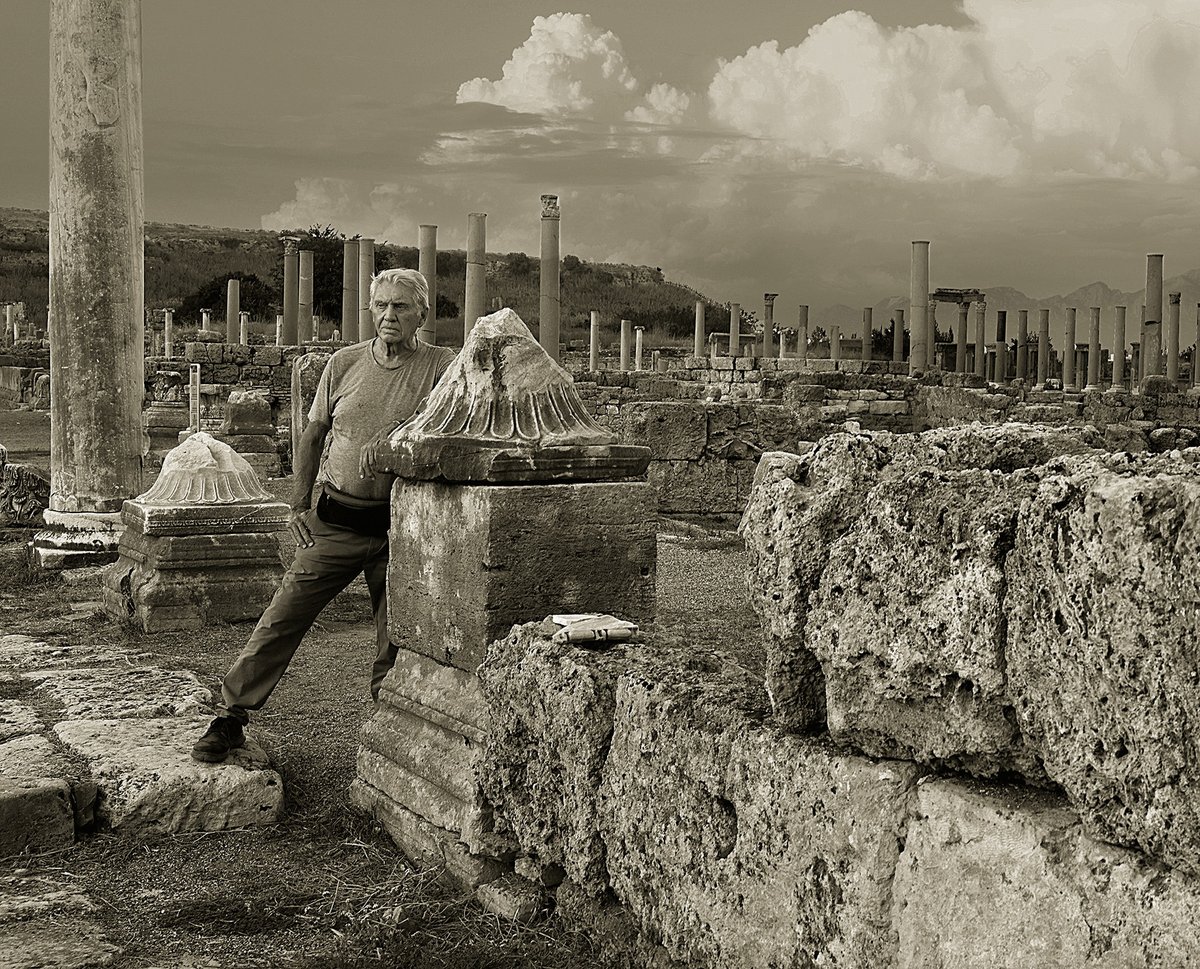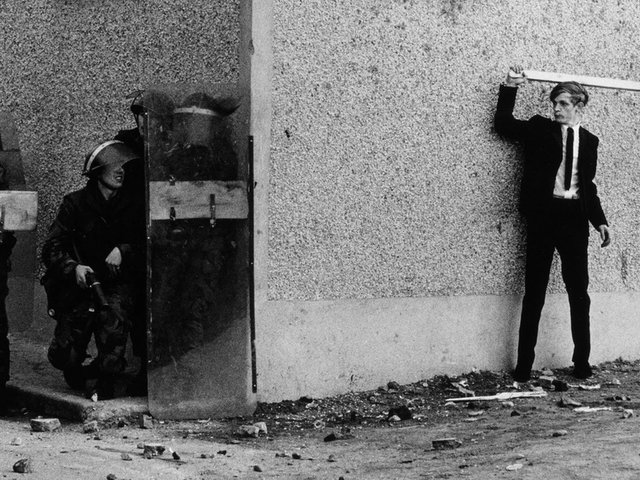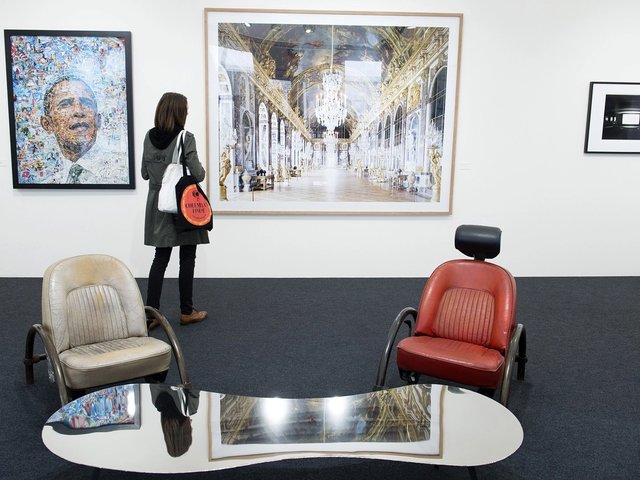Don McCullin is not an easy man to reach. He has no email address, no mobile phone, and takes business calls via a landline for just one hour each morning. The 89-year-old photojournalist and his wife live quietly in Somerset, southwest England, where, as he once told The Guardian, “I don’t get anyone bothering me. I like it that way”.
Historically, this preference for privacy has been mirrored in the work of this celebrated image maker. Throughout a career spanning more than six decades, McCullin has largely been concerned with the experiences of others—those whose lives have been devastated by conflict—and has at times felt uncomfortable with the laurels piled upon him. He is still commonly referred to as the war photographer, but it is a moniker he vehemently rejects.
In fact, amid the current bloodshed in Gaza and the Middle East, McCullin now describes the anti-war imagery that made him famous as simply a “waste of time”. Instead, he trains his lens on landscapes and ancient structures, trading war zones for the world’s most prominent museums. His new book, The Roman Conceit, is a photographic compendium of ancient statues—and it reveals rather more about this self-critical photographer than one might expect.
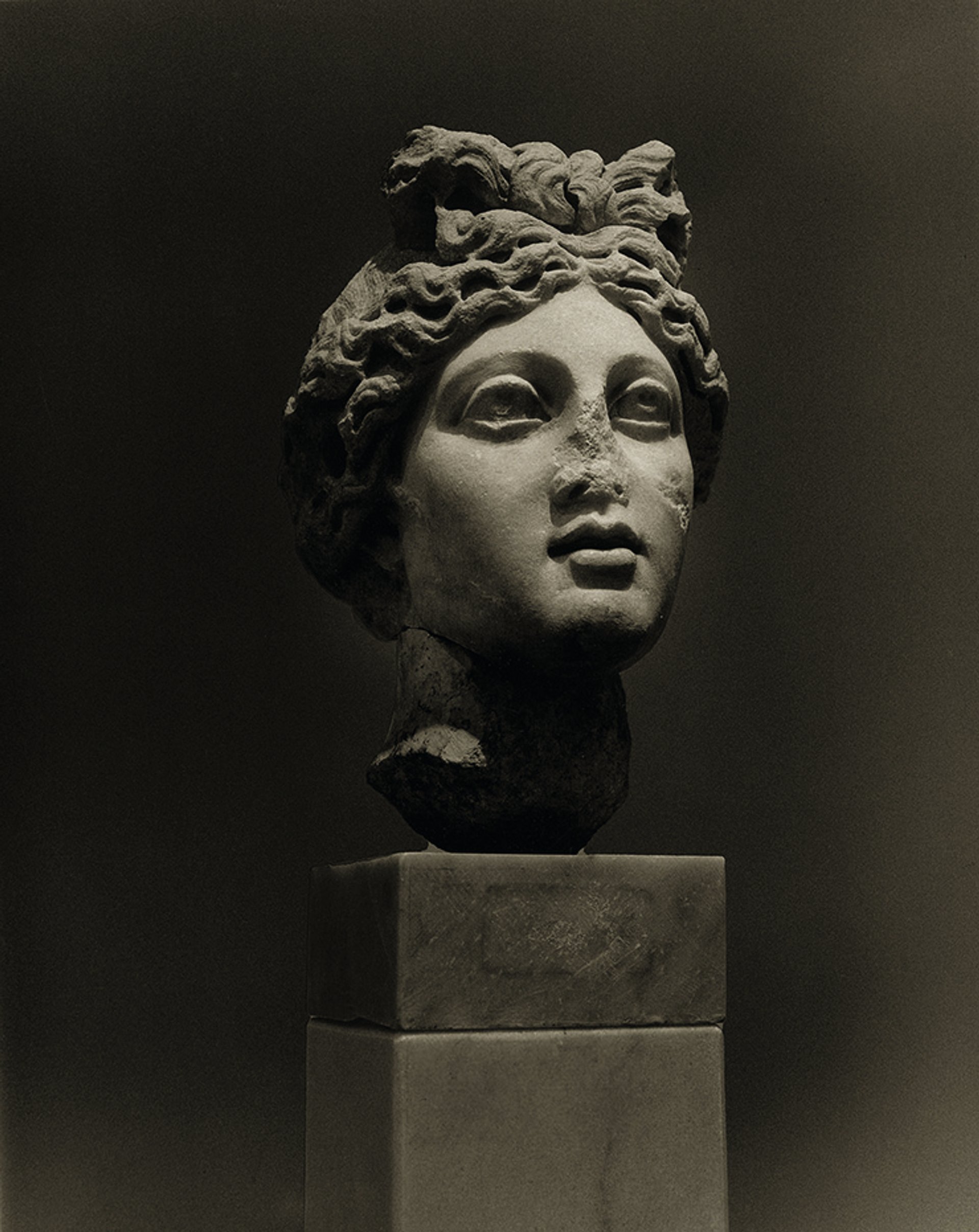
Head of the goddess Venus at the Istanbul Archaeological Museum, Turkey (2022-24) © Don McCullin
“There’s a very silent reproach to the whole thing,” McCullin says. He is speaking animatedly about the 60 expertly printed images of The Roman Conceit—a majestic, red-bound volume of the kind generally reserved for photographers of such note. “And that’s how I like it. I like to be in control. But when you’re dealing with humanity, you can’t control other people’s pain and suffering.”
The pain and suffering of others was a constant of McCullin’s earlier life. He recalls seeing hundreds of dying children while covering the Nigerian Civil War for The Sunday Times Magazine in the 1960s, and witnessing men executed in the heat of battle. Arguably, his best-known image is Shell-shocked US Marine (1968), a portrait of an American soldier taken during the Vietnam War—it is the subject’s blank terror that makes the harrowing photograph so memorable.
Stone, of course, feels no such misery. However, there are undeniable similarities between the cracked, dismembered and often faceless statues of The Roman Conceit and the horrors McCullin witnessed in his past. The photographer is clearly still haunted by these sights, and the inanimate nature of his new subjects seems not to have freed him from the ethical quandaries of documenting such difficult scenes.
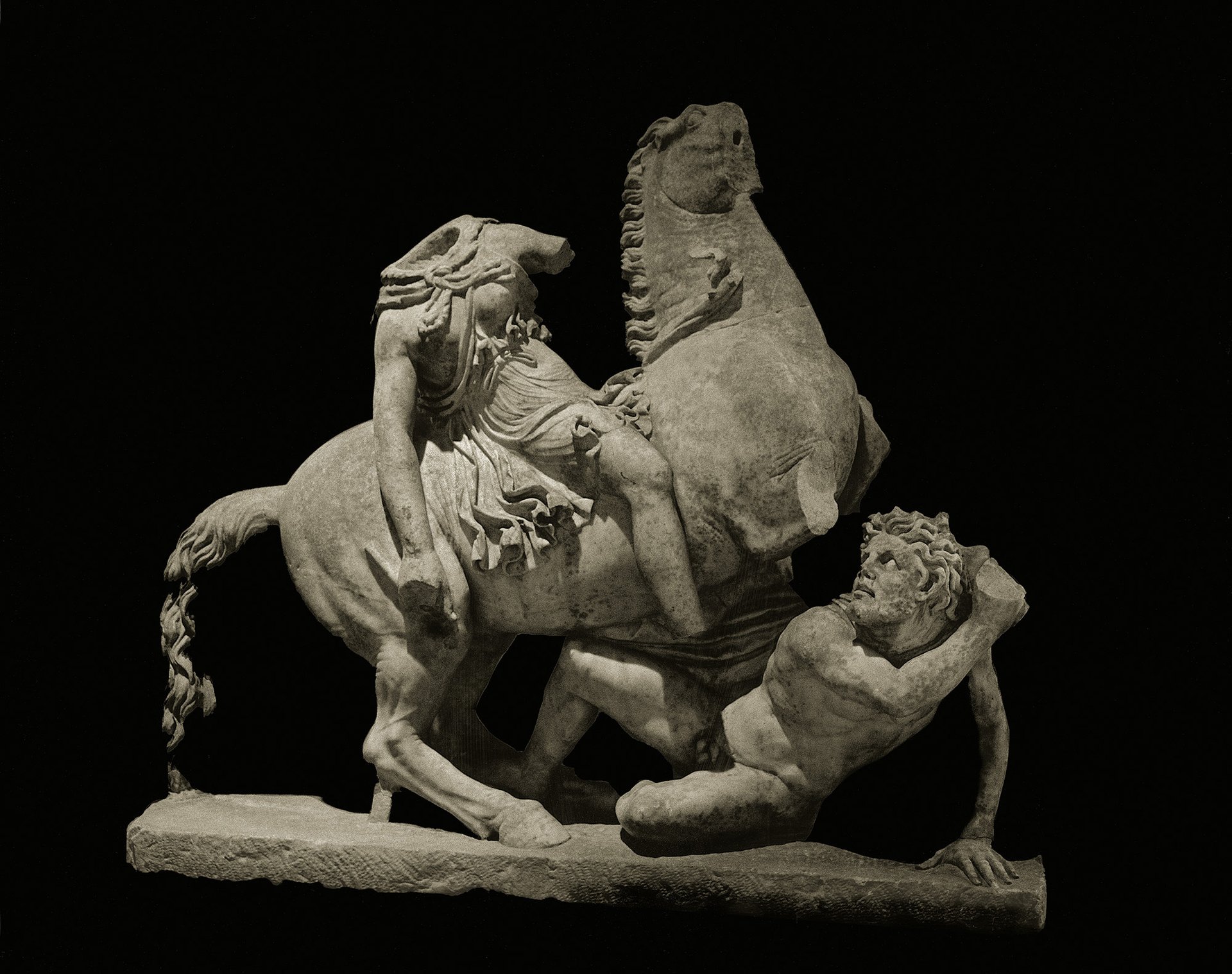
McCullin's Headless Amazon fighting Palazzo Massimo; Rome; Italy © Don McCullin
“I was admiring the beauty of what I was doing, but also subtracting that indulgence,” the photographer recalls of the quiet, crowd-free moments he was granted among Roman gods and goddesses. “Knowing that this piece of stone would have been quarried by slaves who would have been beaten, starved and eventually died, made the whole thing like a yo-yo. I was enjoying it, and then that was taken away from me by my own thoughts.”
McCullin also encountered new challenges in the practicalities of creating this latest work. He recalls taking an image of a kneeling Aphrodite, her head half lost to time or violence, in the Museo Nazionale Romano in Italy, and how the statue’s white marble was proving tricky to capture. “So when the attendant wasn’t looking, I put my credit card in the thigh of Aphrodite so I could focus on my credit card number,” he says. “It was a bit cheeky to do it really, but it’s one of the most beautiful pictures I’ve ever taken.”
Beautiful is an interesting phrase for McCullin to choose. The photographer rejects the notion that his war-time images should ever be seen as such, and to this day refuses to describe either the work as art or himself as an artist. The processing and printing of his photographs is, however, certainly a practice of sorts. It is a task that the image maker has famously always completed himself, but which after a recent, disappointing visit to his darkroom, he now plans to relinquish.
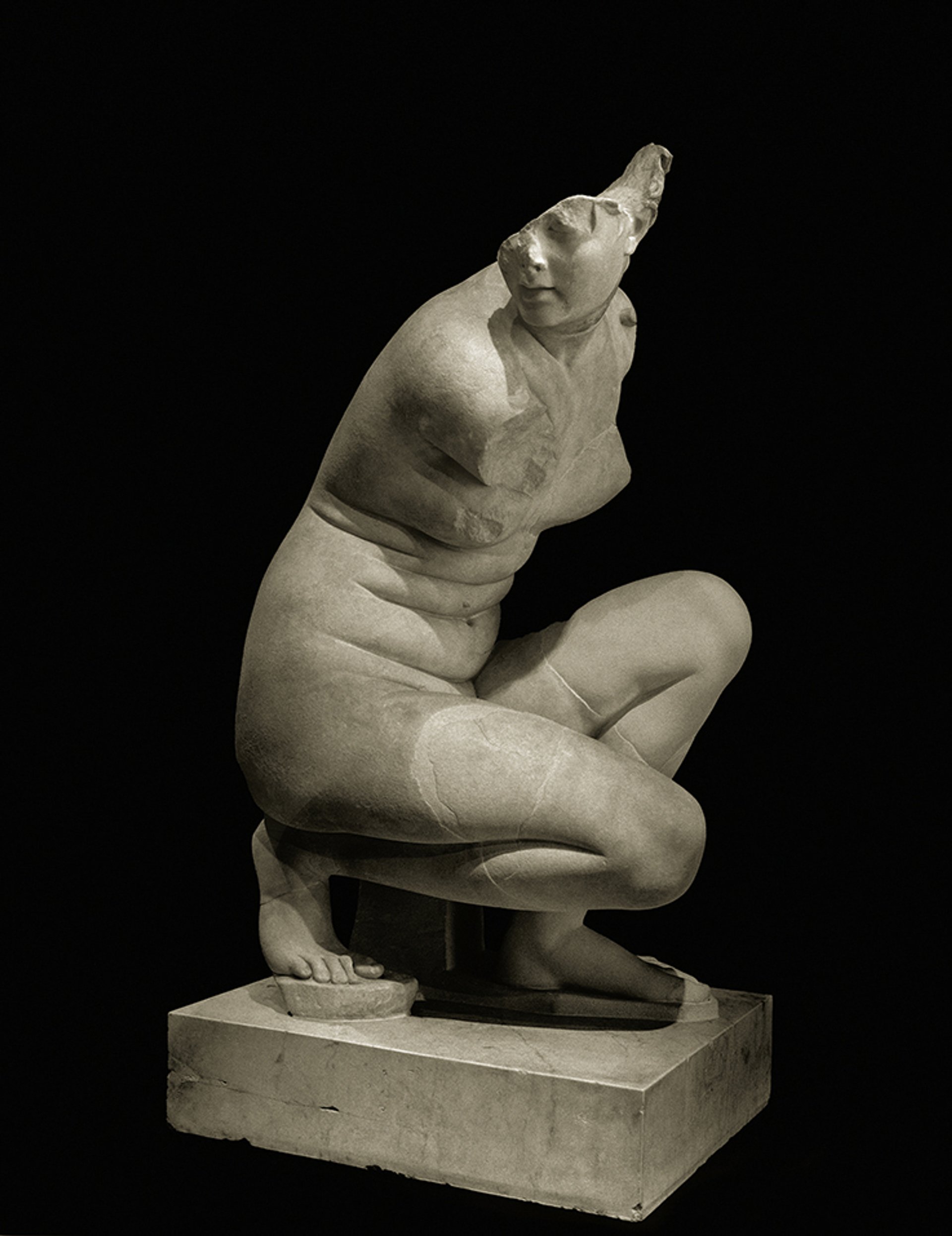
McCullin’s Kneeling figure of Venus, The Museo Nazionale Romano, Palazzo Massimo, Rome, Italy (2022) © Don McCullin
“Some prints I did in the last few days—I’ve never been more ashamed of myself,” he says, sounding characteristically—if not entirely convincingly—stoic. “I have to surrender, it’s like putting up the white flag… Basically speaking, I shall shut my darkroom down now, because my printing days are over.”
This revelation is a surprising one, but it seems unlikely to mean the photographer will completely down tools. While the images of The Roman Conceit suggest that McCullin may not have entirely escaped the atrocities of his younger days—and in doing so betray just a little of the self-effacing man behind them—they do appear to have offered him some relief. “I knew going into those museums there would be a reward right away,” he says. “There’s no reward in standing in front of dying children.”
• Don McCullin, The Roman Conceit, GOST Books, 128pp, 60 images, £80 (hb)


